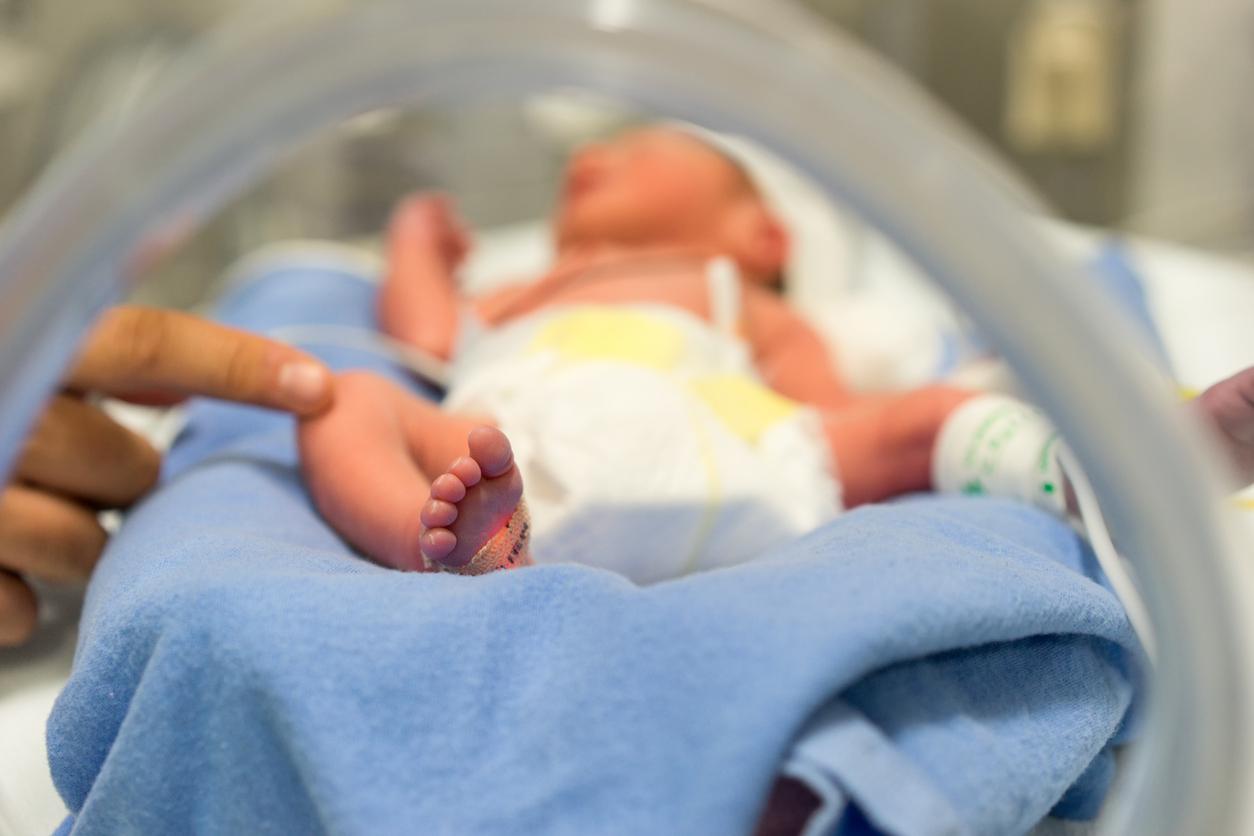Vitamin B3 helps prevent the failure to form a molecule essential for fetal growth. It could therefore prevent malformations or even miscarriages.

This is no small discovery made by Australian researchers. Birth defects, and even more so miscarriages, sometimes leave doctors at a loss for explanations. But scientists in Sidney have found not only a cause, but also a potential cure for some serious birth defects. A simple remedy, not to spoil anything!
They have in fact identified that a molecule called NAD (for nicotinamide adenine dinucleotide), when it is lacking during pregnancy, is associated with malformations of the fetus, in particular in the heart, spine and ribs. But they also realized that a simple intake of vitamin B3 could compensate for this defect, and prevent malformations.
A discovery by chance
The story is that of an important scientific discovery made rather by chance. The research team was originally focused on the genetic causes of heart defects. For years, Sally Dunwoodie, a geneticist at the Victor Chang cardiac research institute in Sydney (Australia) has been studying these genes, and working in conjunction with doctors who refer families whose children have heart defects.
In 2005, a special case caught the attention of Sally Dunwoodie. A baby suffered from malformations in the heart, spine and ribs. Defects so severe that the child could not even fully inflate his lungs. A familial mutation has been identified in a gene governing the production of NAD, a molecule involved in energy storage and DNA synthesis.
In the absence of scientific literature on the subject, this crucial information has not been followed up. “We weren’t sure what to do with it,” said Sally Dunwoodie. in Sciencemag.
Two indices in 7 years
But in 2012, a new case challenged Dr Dunwoodie’s team. A genetic mutation has been observed in a baby with the same deformities. It altered the production of the same molecule, NAD, but in a different location. “It was the moment of our Eureka,” recalls the researcher.
Subsequently, the team decided to focus on this topic. And what follows is also revealing of how science can sometimes grope its way, and in unexpected ways. The researchers decided to study the lack of NAD in mice. They “turned off” the two previously identified genes, in order to verify that the malformations were reproducing as expected. But to their disappointment, nothing happened.
Saving croquettes
Far from giving up, and by analyzing the factors that could explain these unexpected results, they realized that the standard diet of the mice contained vitamin B3. And there, by removing it, the malformations, as well as the miscarriages, were numerous. Vitamin indeed allows the body to produce the NAD molecule by back door means.
For the moment, a vagueness still surrounds its exact role in fetal development, but it seems justified to study the role and the interest of a B3 supplementation during pregnancy, as is already the case for example for folic acid (or vitamin B9), which prevents neural tube defects.
Caution nevertheless remains in order. The NAD molecule is also being studied for its role in the development of cancers. In high doses, vitamin B3 can also cause dizziness, nausea and intestinal disturbances; but at low doses the side effects are limited. If research validates its safety during pregnancy, it could well appear on the prescriptions of pregnant women, or simply on their plates: it is naturally present in meat, fish, milk or eggs.
Study results released August 10 in the scientific journal New England Journal of medicine.
.















